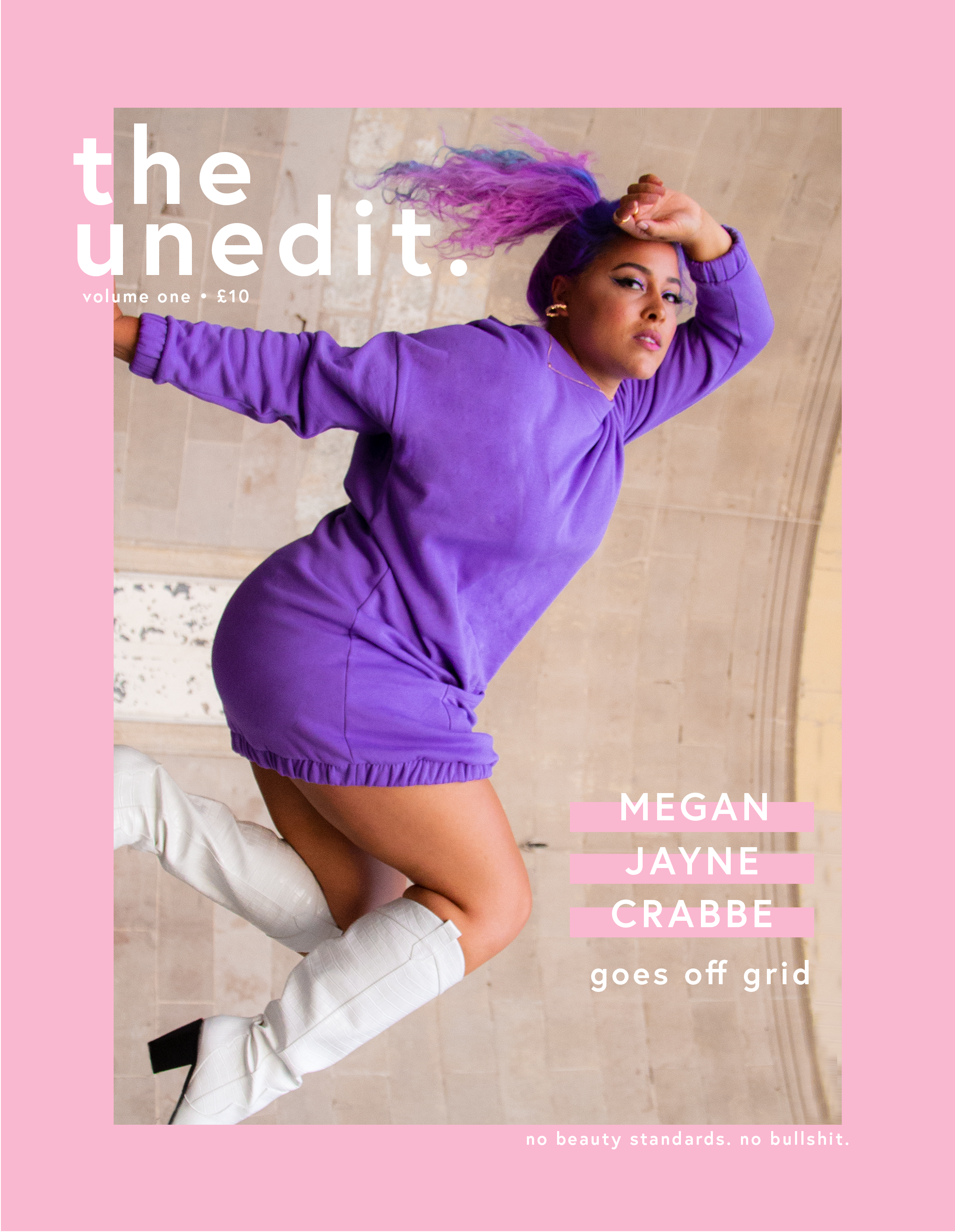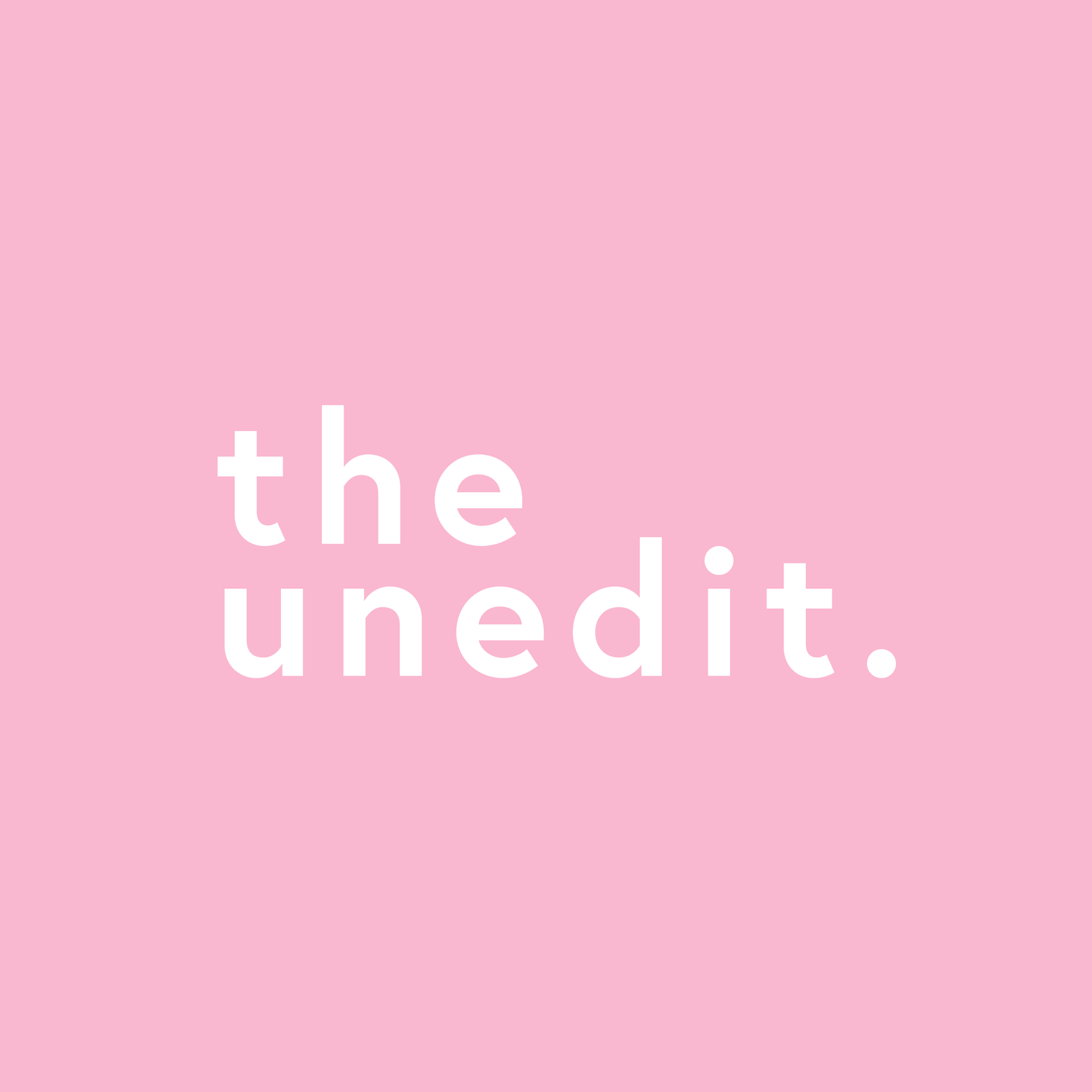Tyra Banks Talks About Why The Fashion Industry Needs To Stop Treating Body Shape And Skin Colour As Trends
Fashion and the industry itself is becoming gradually more inclusive as years slowly creep on, but there's still a big problem when it comes to casting and encouraging diversity. Tyra Banks was one of the first models of colour to achieve global success despite working in a business that was (and still is) primarily whitewashed. The latest cycle of America's Next Top Model is noted as the most diverse season yet, embracing models of all ages, shapes, sizes and skin colours. But as much as Banks is working to try and push these different types of beautiful to the forefront of modelling, she still understands that the industry has some work to do when it comes to breaking down stereotypes and standards of beauty.
In a panel interview with BUILD, one audience member asked about whether Tyra found the industry liberal, and why she thought that it was such an 'uphill battle' to get more types of beauty accepted and to reduce the level of racial insensitivity. Tyra responded by addressing the kinds of people in the industry and how they rely on trending beauty standards:
“So the fashion industry - is it liberal? The fashion industry and the powers that be - most of the people are liberal-leaning and liberal-living. Right? Their personal choices or how they were born is in the liberal category. However, there are other people on the industry that are the opposite in terms of the things and the choices that they make and what they present with their power. One thing that I have noticed being a model in the fashion industry is that, yes, it’s very liberal, but it’s very liberal and cyclical in trend. Ooh it’s a black girl season! Okay and now where are they? Ooh it’s a Brazilian season! Okay, now where are they? Ooh it’s a Russian... now it’s the Asian girls! And to me, race is not a trend. Like, my skin has looked like this since, well, maybe six months after I came out my mama. And so - you know - we all change colours as we get older! But, you know, my skin is not a trend, your skin is not a trend [...] We are who we are so we should not go in and out of fashion. My booty, her booty, should not go in and out of fashion. That should just be. The trend should be what we put on our bodies, not our bodies. So that’s the part of fashion that I don’t like. Yes they’ll say, ooh, the chocolate girls with the short hair is in for two years and then, where’s that girl? Where is she? She’s trying to figure out how she’s gonna pay her bills because she’s no longer hot and can not pay to get hired. And that’s what hurts me.”
Banks absolutely nails it when it comes to talking about how trends centre equally around our bodies as it does around the clothes that we put on them, and this is where a large part of the problem is with fashion. We can be hopeful that we'll see a change over the years as the industry begins to focus more on the fashion itself than the bodies that wear it, but whilst the majority of power is still in the hands of those who oppose to the idea of a more inclusive world of fashion, progress will likely be slow and, the change that does happen, will be from pressure rather than from passion.
You can watch the whole panel here, with the question about beauty standards starting at 19:33:








